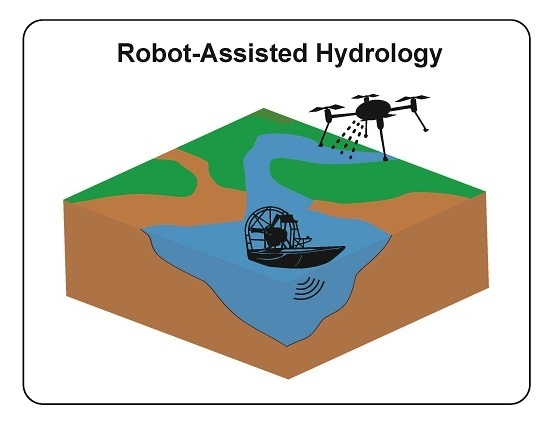

(2016) adopted the Xinanjiang model to simulate inflows of reservoirs and flood hydrographs of all sub-catchments in the Ganjiang River basin and established simple reservoir operation rules for calculating outflows. Maier and Dietrich (2016) investigated the application of SWAT model for the development of water saving irrigation control strategies in Northern Germany and showed a future increase of irrigation demand in humid regions. (2019) applied the VIC model to forecast the annual maximum floods and annual first floods in the YarlungZangbo River based on precipitation and temperature data, and provided an early warning with extended lead time. They are essential means to study the laws of hydrology and nature ( Xu, 2010 Krysanova et al., 2020) and effective tools to solve practical problems, e.g., hydrological forecasting, water resources management, and water conservancy project planning and design ( Musuuza et al., 2020 Thatch et al., 2020 Turner et al., 2020). Hydrological models are mathematical models constructed to simulate hydrological cycles and describe hydrophysical processes. The construction of water conservancy projects can effectively reduce discharge in high flow seasons and increase discharge in low flow seasons to a certain extent ( Wang et al., 2019 Varentsova et al., 2020). The development of industrial and agricultural production has caused a substantial increase in water resources consumption, which results in corresponding changes in surface runoff, dry season runoff and groundwater level ( Leng et al., 2015 Yang P. The acceleration of urbanization has not only changed underlying surface of the basin, but also changed runoff yield and confluence laws as well as groundwater recharge conditions ( Wang et al., 2018).

While human activities have changed the hydrological process in a basin by means of urban expansion, water extraction, water conservancy project construction and so on ( Song et al., 2013 Liang et al., 2020). In the context of global warming, the temporal and spatial distribution of precipitation, evaporation and runoff have changed significantly ( Dai et al., 2018 Charles et al., 2020). Climate change and human activities are two main driving factors affecting water cycle process under the changing environment ( Wang et al., 2020). The evolution of water cycle under the changing environment is a very complex process, which has been an important issue in the “Panta Rhei-Everything Flows” project (2013–2022) of IHAS (International Association of Hydrological Science) ( Montanari et al., 2013). It is essential to improve the accuracy of hydrological modelling under a changing environment in further studies. Results show that 1) the annual precipitation and temperature of the catchment both presented upward trends, while the annual observed runoff exhibited a significant downward trend in the time span from 1967 to 2015 2) the correlations between runoff and precipitation were comparatively higher on both monthly and annual scales in natural period than those in human disturbed periods 3) both annual runoff and daily peak discharge in human disturbed periods decreased relative to those in natural period due to the environmental changes 4) the GR4J model performed well for runoff simulations in natural period but gradually lost its applicability with the intensification of human activities. Taking the Zhulong River catchment located in north China as a case, the performance of GR4J model for hydrological modelling was investigated based on the analysis for changes in hydrological process of three periods defined as natural period (1967–1979), moderate human impact period (1980–1996) and intensive human impact period (1997–2015). However, flood forecasting in semi-arid region is a great challenge to hydrologists, particularly in a changing environment. Hydrological modelling is of critical importance to flood control. 6China-Canada Center for Energy, Environment and Ecology Research, UofR-BNU, Beijing Normal University, Beijing, China.5School of Resources and Environment, University of Electronic Science and Technology of China, Chengdu, China.4State Key Laboratory of Hydrology–Water Resources and Hydraulic Engineering, Nanjing Hydraulic Research Institute, Nanjing, China.3Research Center for Climate Change, Ministry of Water Resources, Nanjing, China.



 0 kommentar(er)
0 kommentar(er)
